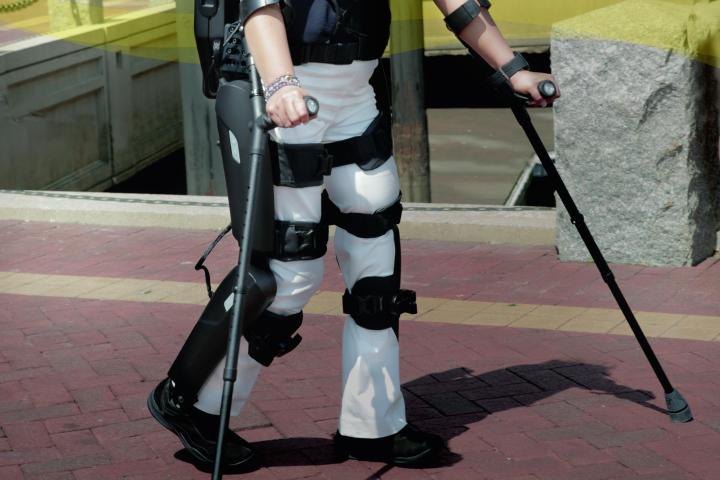
While ReWalk’s press release on the matter is lacking in details, the exoskeleton manufacturing company notes that the medical review board “overturned the health plan’s initial denial of coverage,” and more importantly, that “use of the ReWalk will permit the beneficiary to stand up and ambulate both at work and in the home.”
Perhaps the most important aspect of the ruling was the decision that the exoskeleton was “medically necessary,” which has significant implications for how the act of walking is perceived in the medical insurance field. Whereas mobility may have once just meant getting around, it now may mean actually supporting oneself on two feet.
“The ruling by the independent medical organization marks an important moment for exoskeletons being accepted as protocol technology for those with spinal cord injury,” said Larry Jasinski, ReWalk CEO. “Health benefit providers have historically been hesitant to acknowledge the clinical benefits in their case assessments. This ruling, and subsequent coverage and reimbursement, will help ReWalk in our efforts to facilitate greater patient access to the device.”
Late last year, the Department of Veterans Affairs implemented a new policy that also sought to help injured individuals regain their mobility, agreeing to pay for veterans’ robotic legs. But now, it looks as though ReWalk is looking to expand its impact (and coverage) beyond the military.
According to the company’s press release, “ReWalk continues to make inroads in its efforts to make the Personal exoskeleton system available to all eligible patients, working diligently with health coverage providers on individual patient cases, as well as in the development of general coverage policies.” The firm also notes that an increasing number of insurers and health care providers “have recognized the benefits of exoskeletons, and provided coverage and reimbursement to beneficiaries.”


